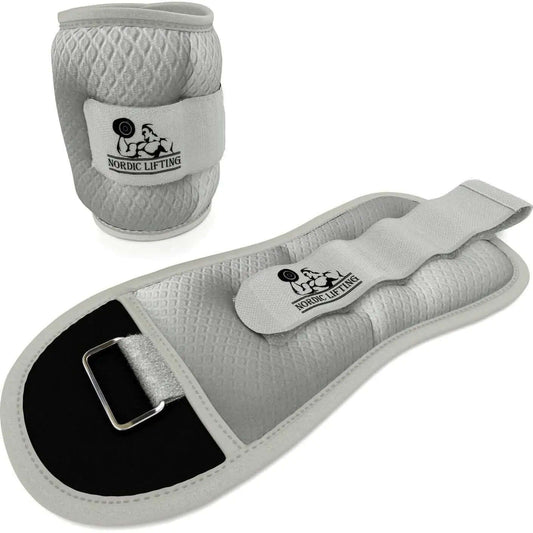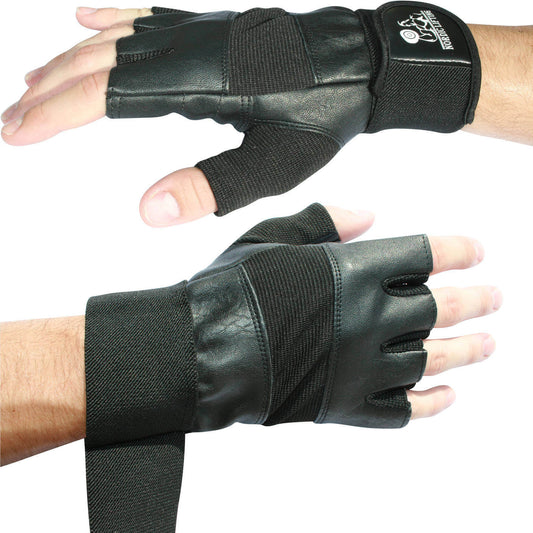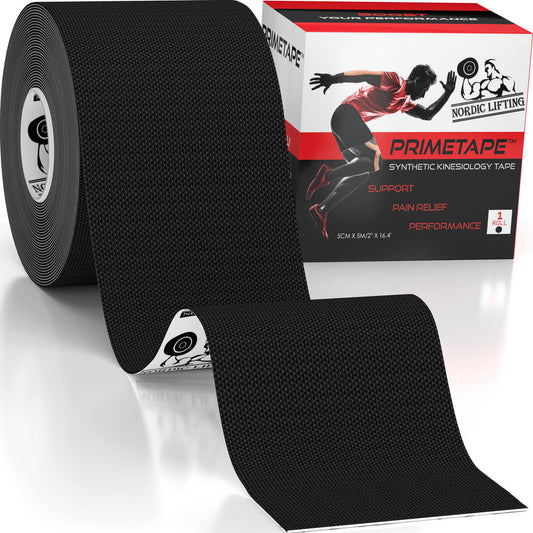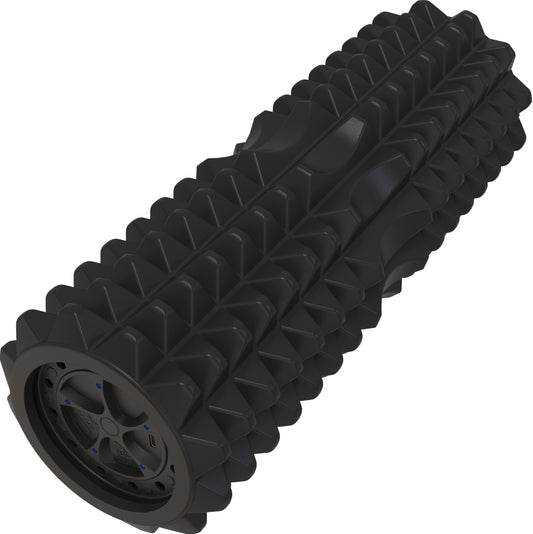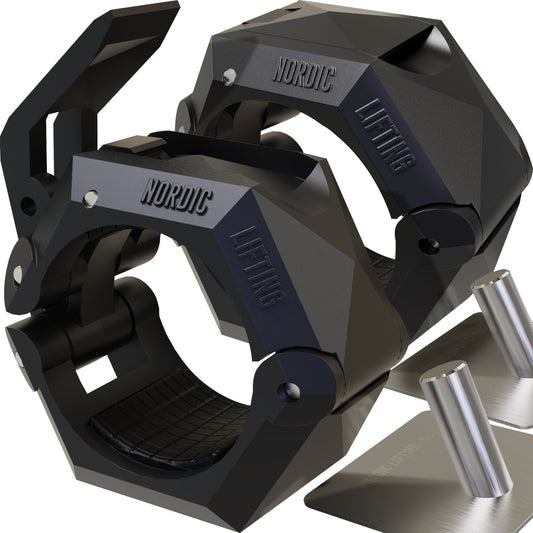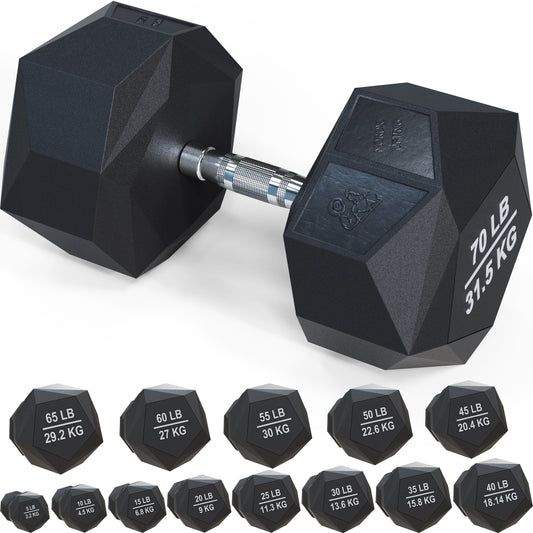Yoga has been practiced for thousands of years and has gained immense popularity for its health benefits. It is known for improving flexibility, strength, and overall well-being. In recent years, a new prop has emerged in the yoga world that is transforming the way yogis practice—the yoga wheel.
Explore the numerous benefits of using a yoga wheel in your practice. Enhance flexibility, balance, and strength. Discover how to make the most of this versatile yoga prop.
The Yoga Wheel: An Overview
The yoga wheel is a circular-shaped prop made of sturdy materials like plastic or wood. It comes in various sizes, typically 10 to 15 inches in diameter. This simple yet versatile tool is designed to support deeper yoga poses, making them more accessible and effective.
Benefits of Using a Yoga Wheel
Now learn more about the numerous benefits of a yoga wheel.
Improved Flexibility
One of the primary reasons every yogi should consider using a yoga wheel is its remarkable ability to enhance flexibility. It allows practitioners to stretch deeper and access muscles that may be difficult to target otherwise. By gently rolling on the wheel during stretches, you can release tension and increase your range of motion.
The yoga wheel's unique design complements traditional yoga poses by providing a deep stretch that's hard to achieve otherwise. For example, in a forward bend, the wheel supports your hands and helps you lengthen your spine further. This deeper stretch can increase flexibility in your hamstrings, back, and shoulders.
Enhanced Balance and Core StrengthYoga wheels are excellent tools for improving balance and core strength. Using the wheel in various poses challenges your stability, helping you develop a stronger core and better posture. It's an excellent addition to your practice if you want to advance your yoga journey.
When you incorporate a yoga wheel into your practice, you will quickly notice how it demands a heightened sense of balance. Whether attempting a balance pose like Tree Pose or transitioning through a challenging sequence, the wheel provides support and resistance, helping you build a stronger core and a more grounded practice.
Deep Tissue MassageBesides aiding in yoga poses, the yoga wheel is also a self-massage tool. By rolling it along the spine, shoulders, or legs, you can release tension and knots in your muscles, promoting relaxation and reducing soreness. This feature makes it an invaluable asset for yogis and non-yogis alike.
The yoga wheel is like having a personal masseuse at your disposal. Its cylindrical shape allows you to target specific areas of your body with precision. Rolling it along your spine gently massages the muscles along the vertebrae, relieving tension and promoting relaxation. It's an excellent way to unwind after a long day or to release tight muscles after an intense workout.
Beyond Yoga: Versatile Uses of Yoga Wheels

While initially designed for yoga, the yoga wheel has found applications beyond the yoga mat. It is now used in fitness routines, physical therapy, and simple stretching exercises. Its versatility makes it a valuable addition to anyone's fitness equipment collection.
The yoga wheel isn't limited to just yoga practitioners. Athletes, fitness enthusiasts, and individuals recovering from injuries can benefit from this versatile tool. It's an excellent addition to your home gym, and it can be used in various fitness routines to enhance your workouts. You can incorporate it into your stretching routine before or after workouts to improve flexibility and relieve muscle tension.
Physical therapists and chiropractors have also recognized the therapeutic potential of the yoga wheel. It can target specific muscle groups and improve mobility in patients recovering from injuries or surgery. Its gentle yet effective massage-like experience makes it a valuable tool for rehabilitation.
How to Choose the Right Yoga Wheel
Selecting the right yoga wheel is essential to ensuring you get the most out of your practice.
Factors to Consider When Choosing a Yoga Wheel
1. Size: Yoga wheels come in various sizes. Smaller wheels (around 10 inches) are more portable and suitable for beginners. In comparison, larger ones (around 15 inches) provide extra support and stability.
2. Material: Yoga wheels are typically made of plastic, wood, or both. Choose a wheel made of high-quality, non-toxic materials to ensure durability and safety.
3. Weight Capacity: Check the weight capacity of the yoga wheel to ensure it can support your body weight. Most yoga wheels can support up to 300 pounds, but it's essential to confirm this before purchasing.
4. Surface Texture: Some yoga wheels have a textured surface for better grip, which can be particularly helpful during deep stretches and massages.
How to Use a Yoga Wheel Safely
Safety is a top priority when using a yoga wheel. Ensure you follow proper techniques and start with basic poses to avoid injury. As you gain experience, you can gradually incorporate more advanced poses into your practice.
Safety Tips for Using a Yoga Wheel
1. Start Slow: If you're new to using a yoga wheel, begin with basic poses and gradually progress to more advanced ones as you become more comfortable with the prop.
2. Maintain Alignment: Pay attention to your body's alignment using the yoga wheel. Ensure that your movements are controlled and precise to prevent strain or injury.
3. Warm-up: Always warm up your body before using the yoga wheel. Perform gentle stretches and warm-up exercises to prepare your muscles for deeper stretches and poses.
4. Listen to Your Body: If you feel pain or discomfort while using the yoga wheel, stop immediately. It's essential to listen to your body and avoid pushing yourself too hard.
5. Use a Mat: Place a yoga mat or cushion under the yoga wheel to prevent it from slipping on hard surfaces and to provide additional cushioning for your back during massages.
Incorporating a Yoga Wheel into Your Practice
To fully reap the benefits of a yoga wheel, it's crucial to incorporate it into your regular yoga routine. Use it to modify traditional poses, deepen stretches, and challenge your balance. With time, you'll witness significant improvements in your practice.

Tips for Incorporating the Yoga Wheel into Your Practice
1. Start with Basic Poses: If you're new to using a yoga wheel, begin with basic poses like Child's Pose, Downward Dog, and Bridge Pose. These poses allow you to become familiar with the wheel's support.
2. Deepen Stretches: Use the yoga wheel to deepen your stretches in poses like Camel Pose, Pigeon Pose, and Sphinx Pose. The wheel's license allows you to access a deeper range of motion.
3. Balance and Core Exercises: Challenge your balance and core strength by incorporating the yoga wheel into standing poses like Warrior III and Half Moon Pose.
4. Incorporate It into Sequences: Add the yoga wheel to your vinyasa sequences or flows. It can be a valuable tool for transitioning between poses and enhancing the overall flow of your practice.
5. Experiment and Have Fun: Feel free to experiment with the yoga wheel. It's a versatile prop that can add excitement and variety to your practice. Have fun exploring new poses and sequences.
Key Takeaways
The yoga wheel is a game-changing addition to the world of yoga and fitness. Its benefits extend beyond enhancing flexibility and balance, offering deep tissue massages and versatile applications. Whether you're a yogi looking to take your practice to the next level or someone interested in improving your overall health and well-being, the yoga wheel is a must-try tool.
Ready to transform your yoga practice? Get your yoga wheel now!
FAQs
1. Is the yoga wheel suitable for beginners?
Yes, the yoga wheel can be used by beginners.
2. How do I clean and maintain my yoga wheel?
Warm it with a damp cloth and mild soap to keep it clean. Ensure it's dry before using it.
3. Can a yoga wheel help with back pain?
Using a yoga wheel for gentle stretches and massages can relieve some individuals with back pain.
4. What are the size options for yoga wheels, and how do I choose the right one?
Yoga wheels come in various sizes, and the choice depends on your body's proportions and your specific needs.
5. Can I use a yoga wheel for other fitness routines besides yoga?
Absolutely! Yoga wheels can be incorporated into various exercises and fitness routines, making them a versatile fitness tool.







